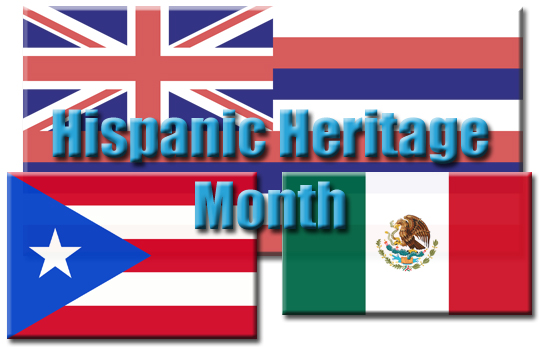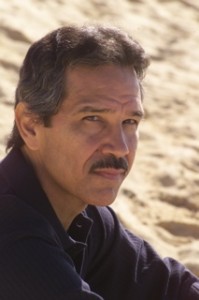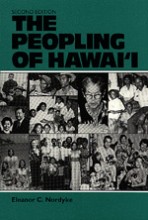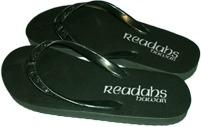
September 15 marked the beginning of the month-long celebration of Hispanic Heritage Month across the country. Given the preponderance towards Asian, Anglo and Polynesian traditions here in Hawai’i, you might not think this celebration would bear as much relevance here, yet Hispanics have had a lasting influence to the unique shared culture found in Hawai’i. For example, according to The Rise and Fall of the Hawaiian Kingdom by Richard Wiesnewski, Don Francisco de Paula Marin, a Spanish sailor who eventually became an advisor to King Kamehameha the Great, planted the first pineapple in the kingdom of Hawaii on January 2, 1813.1
Of all Hispanic groups, Puerto Ricans are the largest and have the longest continuous history here in the Islands. They are often lost in the shuffle of the much larger-represented immigrants such as the Chinese, Japanese, Portuguese, and Filipinos, however their history in Hawaii dates back 110 years. In 1900, the first of 56 Puerto Ricans emigrated here and soon thousands more would follow in their footsteps, settling on sugar plantations all across Hawaii.2 Some well known contributions of Puerto Ricans to Hawaii are “kachi-kachi” music3 and pasteles. In fact, Ethnic Foods of Hawai’i by Ann Kondo Corum (Bess Press, 2000) is a great resource to learn about the influence and recipes Puerto Ricans have contributed to our unique island plate.
One notable local writer of Puerto Rican heritage4 is Rodney Morales, author of When the Shark Bites (University of Hawai’i Press, 2002). He’s also contributed many writings to Bamboo Ridge Press including the compilation The Speed of Darkness. See his Bamboo Ridge profile here.
Mexicans also played a part in shaping an important aspect of Hawaiian culture. Paniolo—the Hawaiian cowboy, which is a corruption of the word “Español”—learned the ways of cattle herding from Mexican vaqueros5. King Kamehameha III brought the vaqueros to teach Hawaiians horse-riding and cattle-herding skills. Years before cowboys existed in the American West, Hawaiian Paniolo were riding and roping cattle across the Kingdom. If you’re interested in learning about Paniolo, here are a few books of note worth checking out:
- Rough Riders: Hawaii’s Paniolo and Their Stories by Ilima Loomis (Island Heritage, 2006)
- Tales By An English Paniolo by Duke Wellington (Rocking W Press, 2004)
- The Parker Ranch of Hawai’i by Joseph Brennan (Mutual, 2004)
 As you can see, Hispanics in Hawaii have much to be proud of. There’s a plethora of history books you can read to find out more about their history in Hawaii. One such book I’d recommend is The Peopling of Hawai’i by Eleanor C. Nordyke (UH Press, 1989).
As you can see, Hispanics in Hawaii have much to be proud of. There’s a plethora of history books you can read to find out more about their history in Hawaii. One such book I’d recommend is The Peopling of Hawai’i by Eleanor C. Nordyke (UH Press, 1989).
If you know of any interesting Hawaii-Hispanic books, stories, poetry or writings please feel free to share them with me as I’d love to compile a more complete resource for everyone’s benefit. You can leave me a comment on this post or e-mail me at aalba@hawaiibookblog[dot]com.
Mahalo for reading this post and Happy Hispanic Heritage Month to everyone in Hawai’i and across the country!
Footnotes
- Hispanics in Hawaii: 216 Years of meaningful contributions (Hawaii Hispanic News)
- Puerto Ricans Arrive in Hawaii (Hawaiian Historical Society)
- Some Hawaii Ricans Still Play Their Grandparents’ Music (Latina Lista)
- Rodney Morales Bio (UH English Dept. Creative Writing Program)
- Mexican Vaquero (HawaiianHistory.org)




